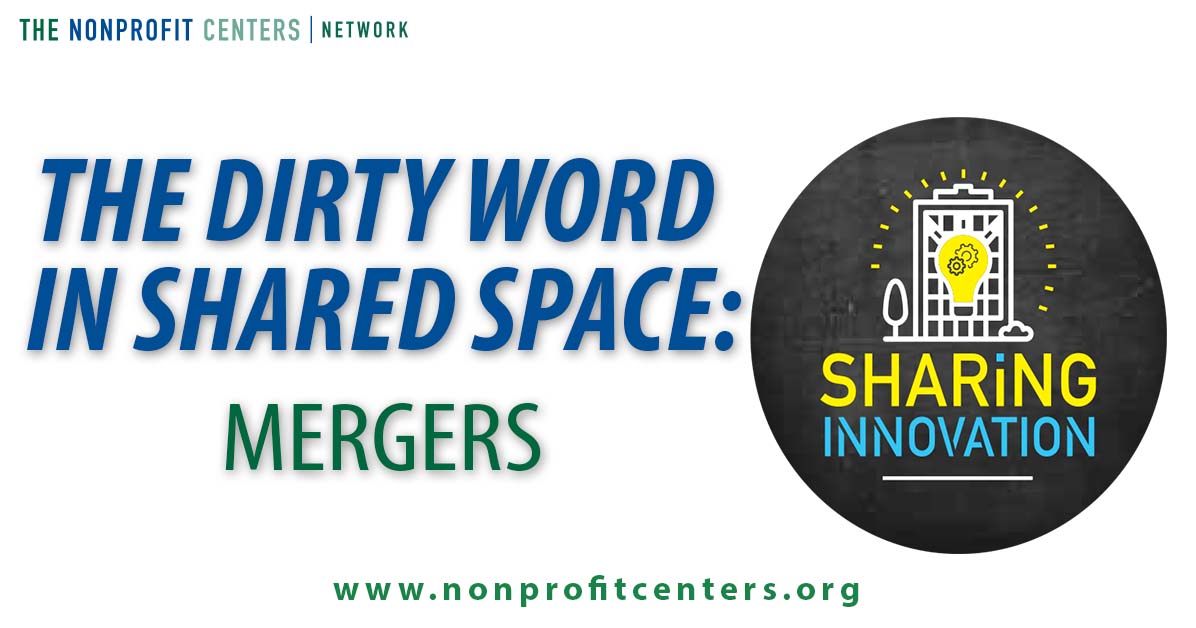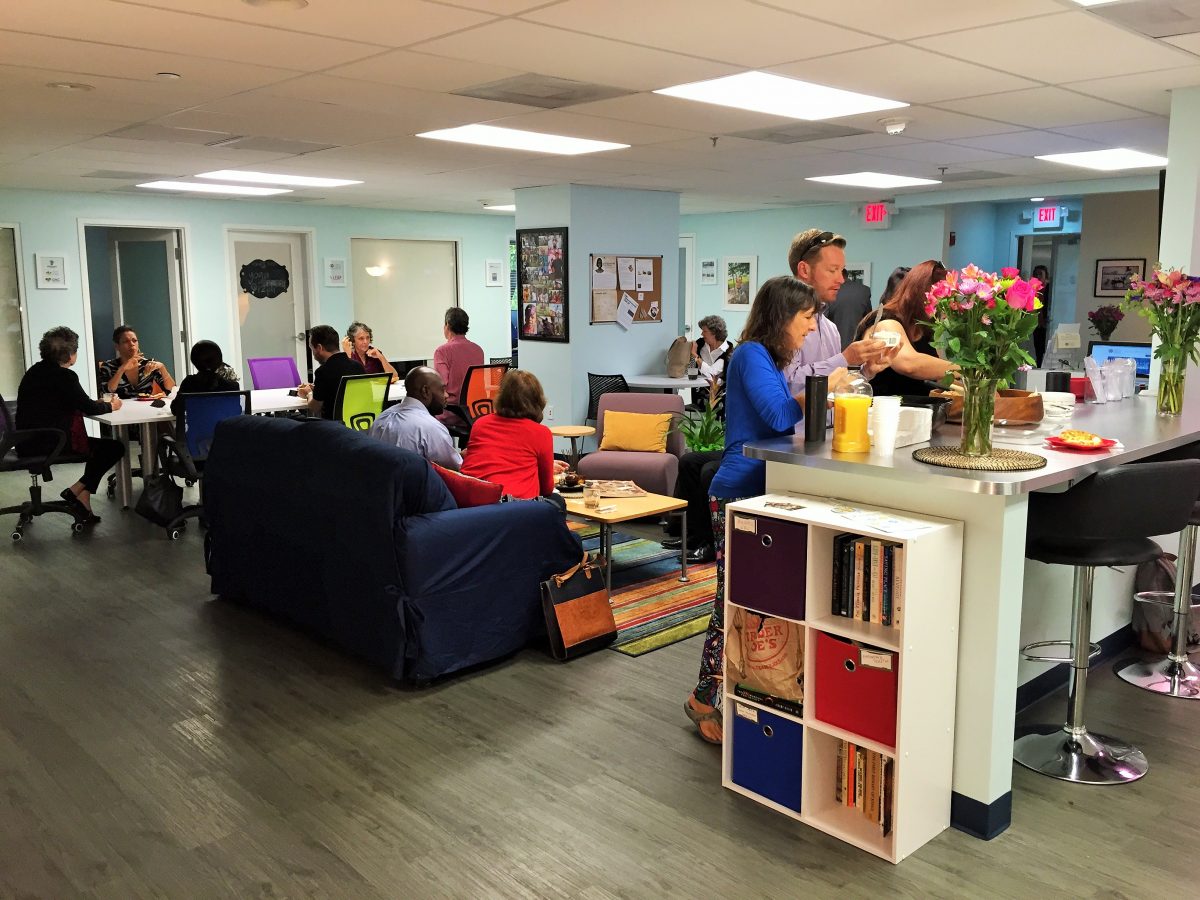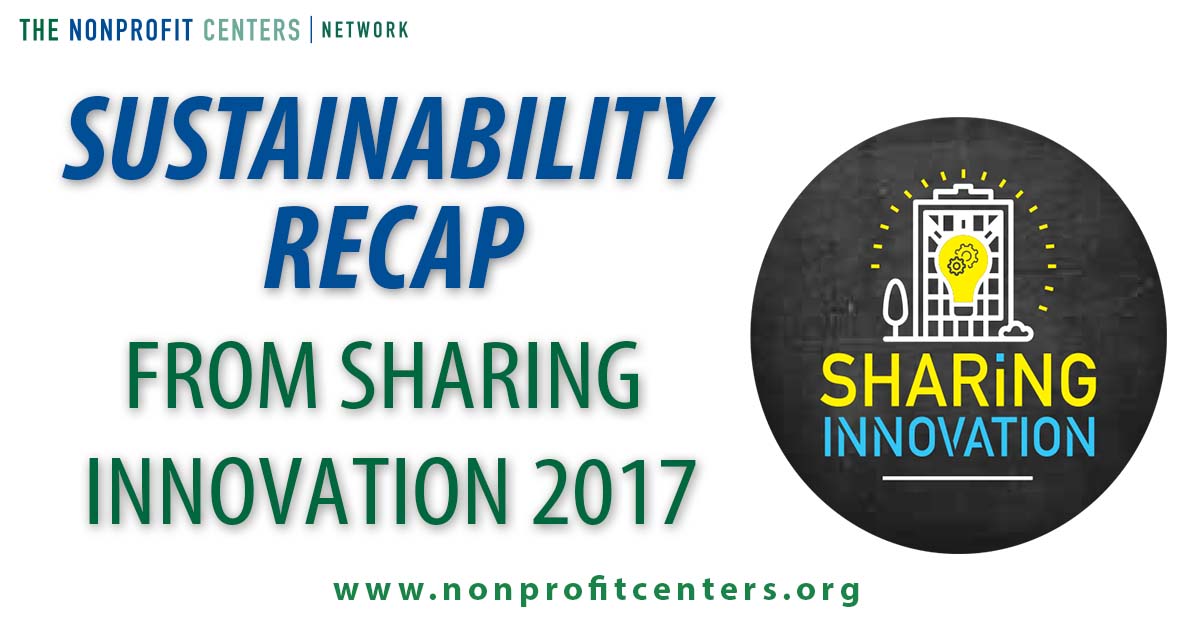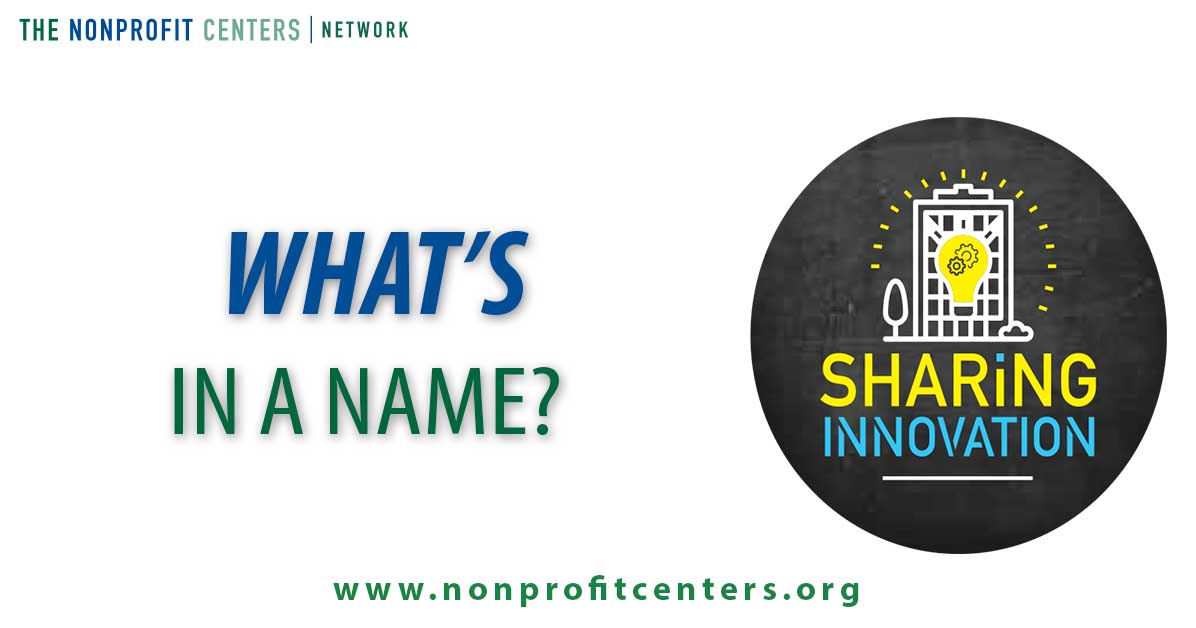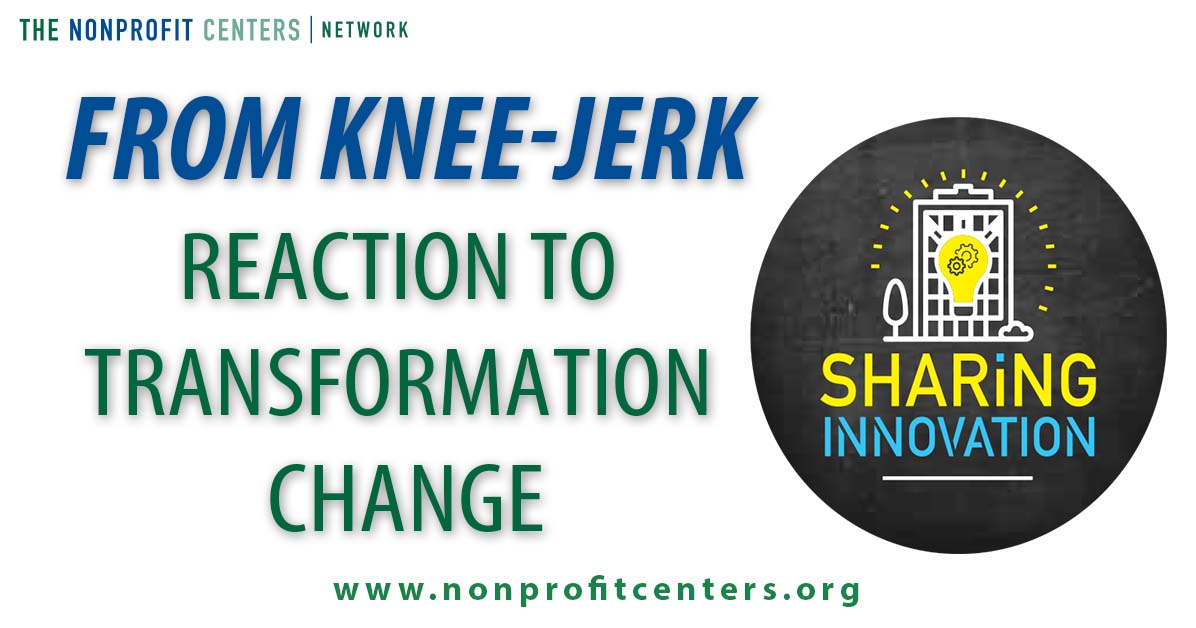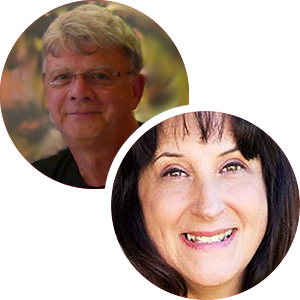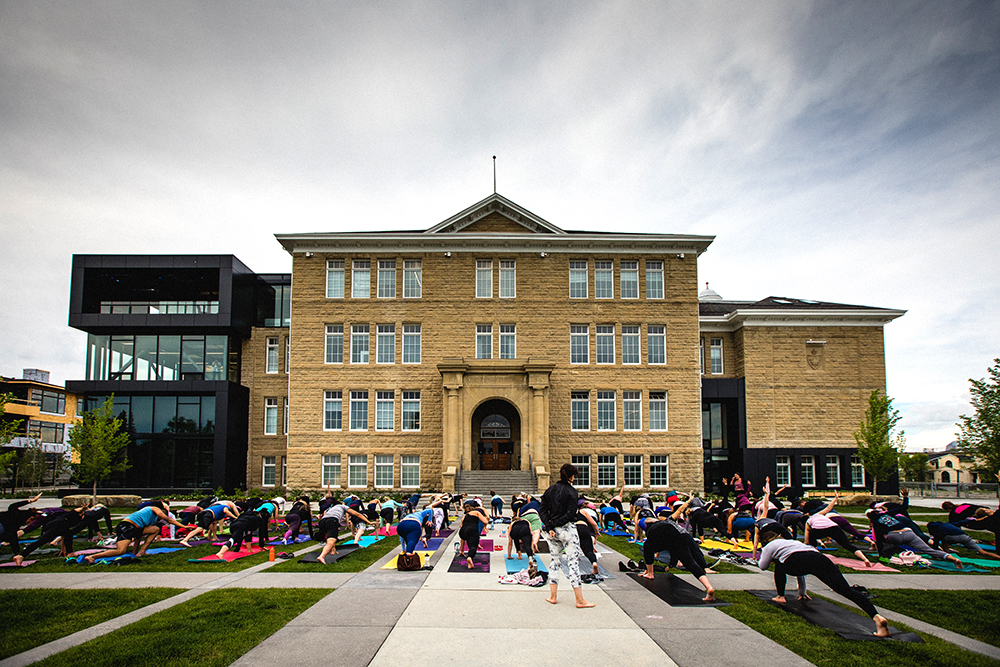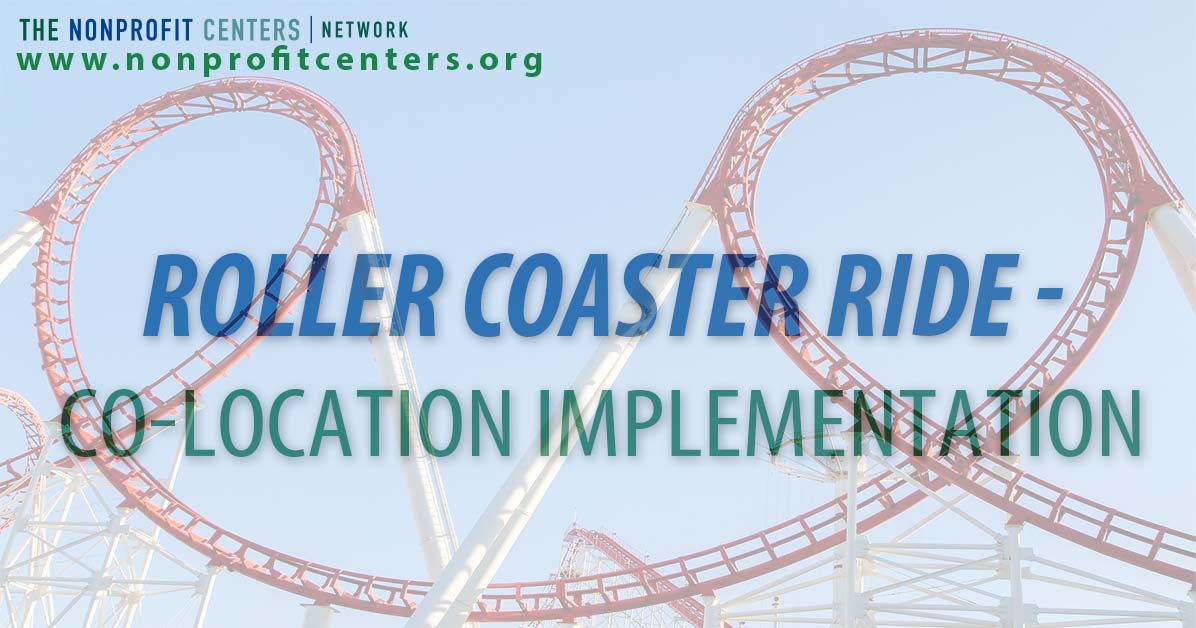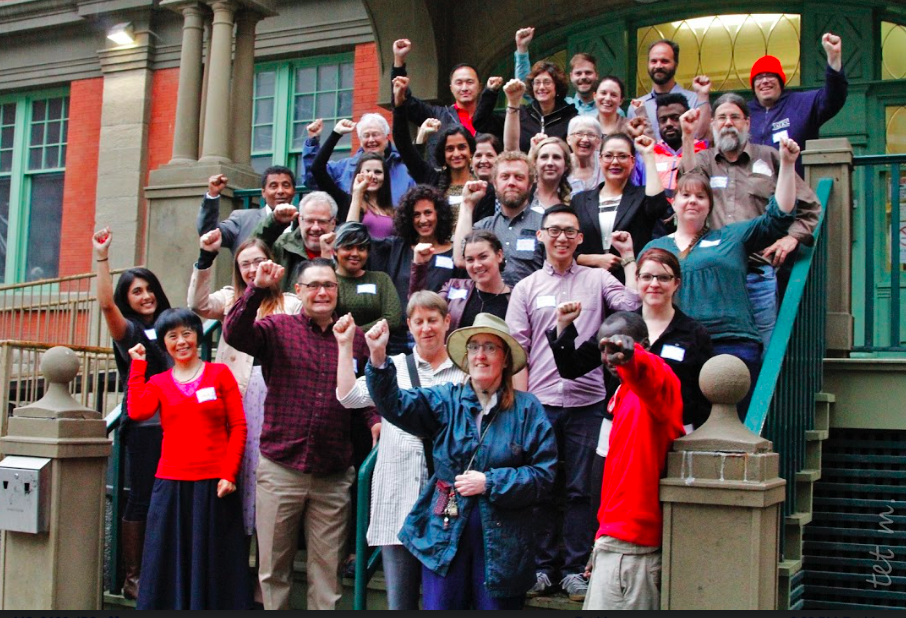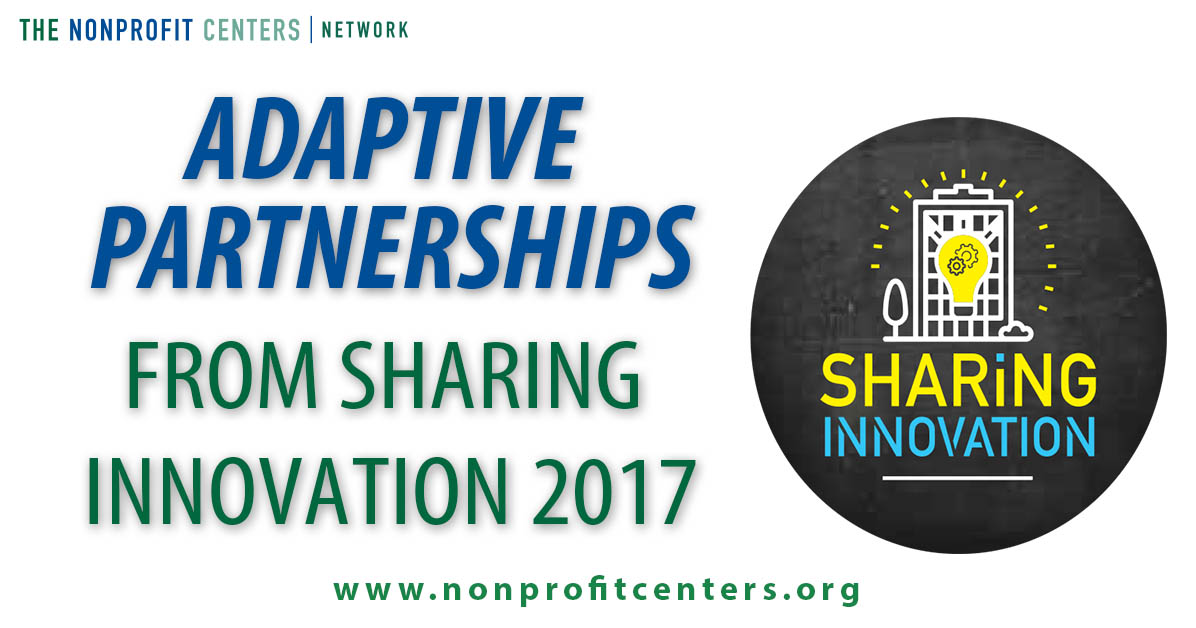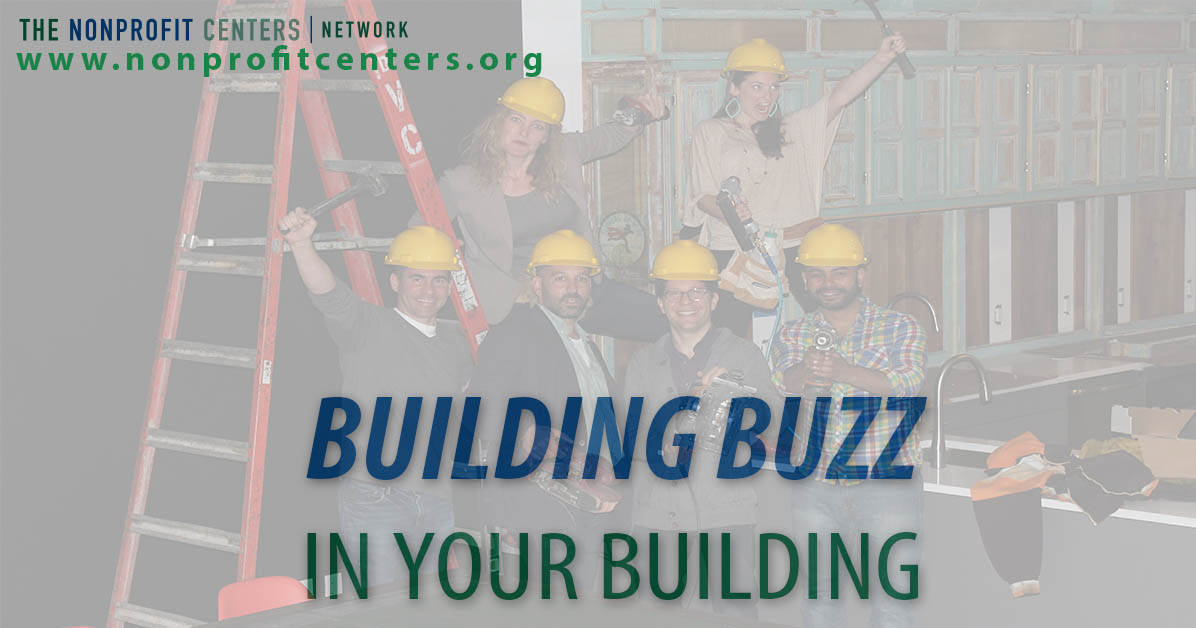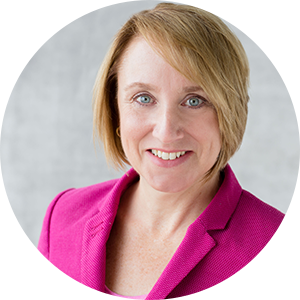
The power of language in how we think about and promote shared resource solutions. In today’s social and political environment we bear witness every day to how the power of words can divide, discriminate, and denigrate. They can also be tools for equity, justice, and social good. In the field of nonprofit shared resources we need to examine more carefully how our choice of language can aid our cause to foster greater efficiency, equity, and positive social impact. We may find that we are wielding blunt semantic instruments to build our missions. Let’s look at perhaps our most commonplace expression, “shared resources” (space, people, services, etc.). Our field is growing with increasing demands placed on the third sector as government-provisioned social safety nets wane. The call is ever louder for greater efficiency and equity of access through sharing. However, I’ve been asked frequently how our coworking space at CultureWorks Greater Philadelphia differs from old-school executive suites, or even a generic multi-tenant building. Likewise, as a Model A Fiscal Sponsor, people wonder how our services differ from that of an outsourced bookkeeper, for example. Good questions. If you think about it all professional service firms, for-profit or nonprofit, are “shared resources”; a law firm’s attorneys are “shared” by many clients. And I doubt that NCN would consider itself the association for general multi-tenant landlords, even if they are nonprofit. So what are we talking about when we say “shared spaces and services”?




